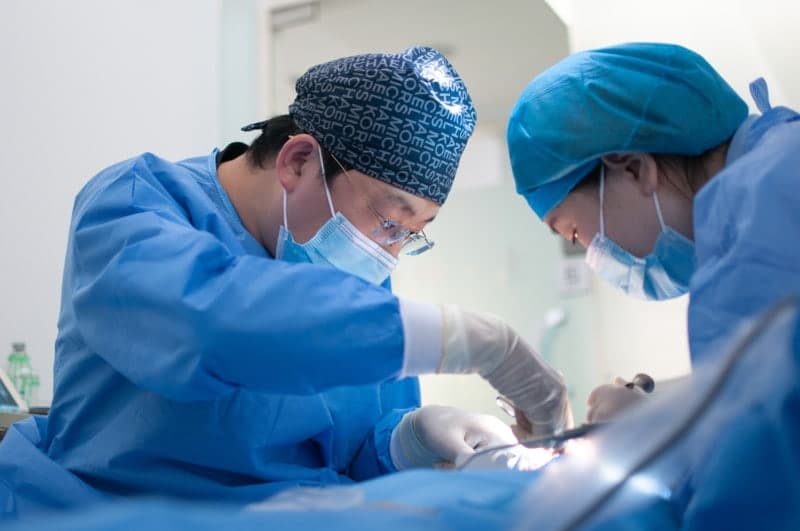This article focuses on myomectomy for uterine fibroids.
What are uterine fibroids?
Fibroids that are small, do not cause symptoms, or occur in a woman near to her menopause can usually be observed with regular ultrasound scans to monitor for changes in the fibroids. Surgery is usually recommended for fibroids that cause heavy periods, painful periods, bleeding in between periods, anemia (low blood count), pressure symptoms, abdominal bloatedness, miscarriages and infertility.
What is a myomectomy?
A myomectomy is a surgical procedure to remove one or more fibroids from the uterus (womb). This is done under general anaesthesia by:
- Laparoscopy (keyhole): this surgery usually involves a 1cm cut in your umbilicus and three to four 0.5cm cuts in your abdomen. A laparoscope (camera) is inserted through your umbilicus, and the pelvis inspected. The fibroid is then removed from the uterus and the defect stitched up. The fibroid is contained in a bag and removed in small strips from the umbilical incision.
- Laparotomy (open): this surgery usually involves either a horizontal (similar to that of a caesarean section) or vertical abdominal incision, and is typically done if the fibroid(s) is/are in certain positions or too large for laparoscopy to be performed.
In rare cases, a fibroid previously seen on ultrasound may turn out to be an adenomyoma (adenomyosis) that is technically difficult to remove from the uterus and a hysterectomy (removal of uterus) may be required for proper treatment. Fibroids may also recur in the future, requiring repeat surgery.
The risks of myomectomy may include:
Common (affecting 1-5% of patients):
- Persistent pain and bruising around the incision
- Abdominal distension and shoulder tip pain, particularly after laparoscopic myomectomy
- Adhesions (scar tissue) which may form within the pelvis and around the site of surgery
- Haemorrhage (excessive bleeding) requiring blood transfusion during or after surgery, or possibly a return to the operating theatre
- Anaemia due to blood loss
- Difficulty or delay with urination or with bowel movements in the initial recovery period
- Infection
- Risk of fibroid recurrence which may require future surgery
Uncommon (affecting 0.1-1% of patients):
- Damage to neighbouring organs such as bladder, bowel, ureters, blood vessels
- Deep venous thrombosis (blood clot in the leg) or pulmonary embolism (blood clot in the lung)
- Complications with future pregnancy and childbirth, including scar rupture during labour, and increased risk of caesarean delivery during future pregnancy and childbirth
Rare (affecting <0.1% of patients):
- Serious adverse reactions to general anaesthesia, including cardiorespiratory complications
- Admission to the intensive care unit for monitoring should the operation be of prolonged duration or result in complications
- Death: the risk is approximately less than 3-8 in 100,000
Alternatives for myomectomy include hysterectomy and hysteroscopic resection (depending on fertility plans and the number, size and location of fibroid.
